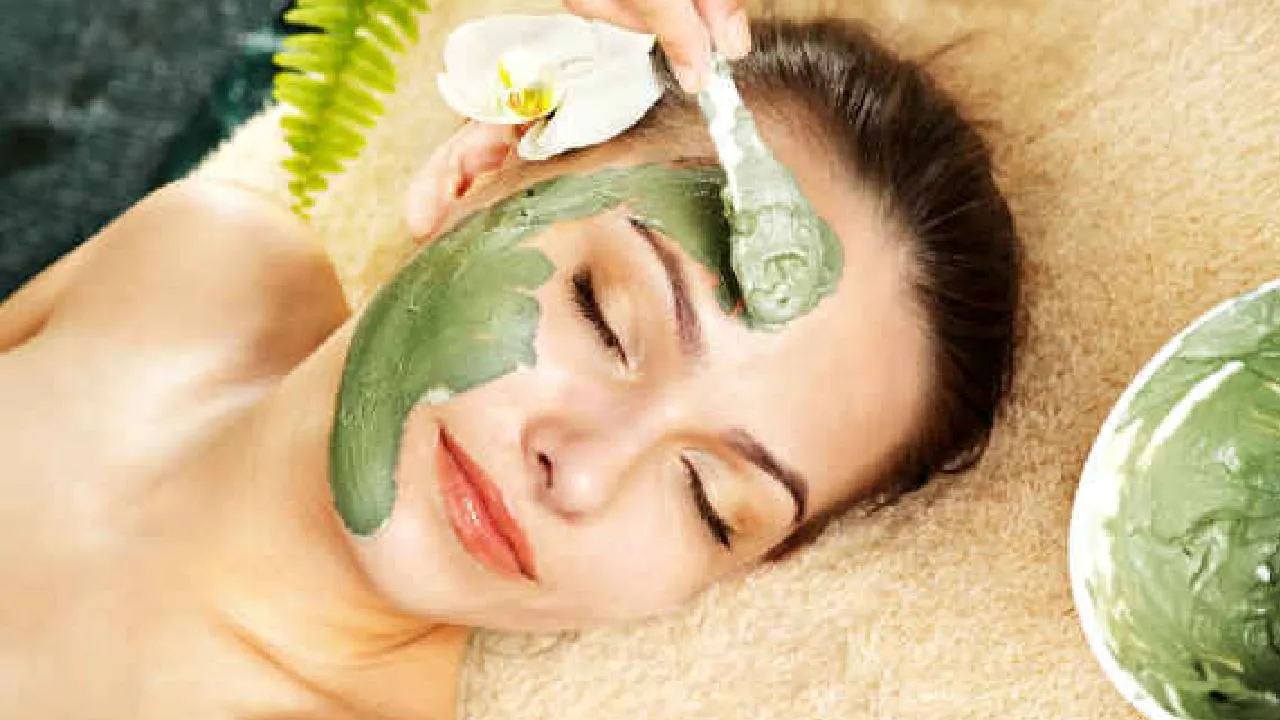Beneath the romantic streets of Paris, a stunning labyrinth of history and wonder weaves an eerie yet fascinating tale. The City of Light, known for its grandeur above ground, holds an entirely different world beneath its surface a network of tunnels, catacombs, and forgotten passageways that stretch for miles. This subterranean maze, shaped by centuries of history, remains one of the most intriguing and mysterious aspects of Paris, drawing in explorers, historians, and the curious alike. The origins of these tunnels date back to the Roman era when limestone quarries were carved out to provide building materials for the city. As Paris expanded, the need for stone increased, leading to the creation of an extensive underground network. By the 18th century, these quarries became dangerously unstable, resulting in occasional collapses that swallowed streets and buildings. To prevent further disasters, King Louis XVI established the Inspection Générale des Carrières in 1777 to reinforce and map the tunnels, unknowingly preserving what would later become an underground relic of the past.

However, it was not just geological necessity that shaped this underworld history and human ingenuity turned it into something far more fascinating. Perhaps the most famous part of the subterranean Paris is the Catacombs, an ossuary that holds the remains of more than six million people. In the late 18th century, overflowing cemeteries led authorities to transfer bones into the underground tunnels, stacking them in hauntingly organized displays. Today, visitors can walk through dimly lit corridors lined with skulls and femurs, each fragment whispering stories of Parisian history. The atmosphere is both macabre and awe-inspiring, reminding us of the delicate balance between life and death. Beyond the Catacombs, a lesser-known world exists, shrouded in secrecy and legend. The network of tunnels, known as les carrières the quarries, has been repurposed over the centuries for various clandestine activities. During World War II, the French Resistance used these hidden passages to coordinate attacks against German occupiers.
Decades later, urban explorers known as cataphiles began illegally venturing into the depths, uncovering forgotten rooms, underground lakes, and even hidden artworks. These adventurers, equipped with maps and headlamps, navigate the darkness, discovering remnants of the past untouched by time. More recently, this underworld has taken on a new life. Artists have transformed sections of the tunnels into secret galleries, painting elaborate murals that contrast beautifully against the aged stone. Hidden movie theaters, makeshift bars, and underground concerts have all been reported, adding to the allure of this forbidden world. Though authorities attempt to restrict unauthorized access, the mystery of the tunnels continues to attract those eager to experience the unknown. Beneath its glamorous façade, paris catacombs tickets skip-the-line conceals an extraordinary history one that speaks of ancient craftsmanship, human resilience, and the ever-present pull of mystery. Whether through the eerie silence of the Catacombs or the artistic rebellion of modern explorers, the labyrinth beneath Paris remains a timeless testament to the city’s rich and complex pa




 Technological advancements have revolutionized forex trading. From algorithmic trading systems to artificial intelligence AI and machine learning, traders today have access to tools that were unimaginable just a decade ago and visit
Technological advancements have revolutionized forex trading. From algorithmic trading systems to artificial intelligence AI and machine learning, traders today have access to tools that were unimaginable just a decade ago and visit 

